Let it be known that one good buzzword always leads to another and artificial intelligence (AI) is no different. Both new and old concepts can be found, some using familiar terminology and others come under novel names. If you want to navigate the AI landscape there are a few terms and concepts you need to know
Autonomous
More often associated with cars and aircraft such as drones, autonomous simply means without external assistance or help. Like the car or drone that operates alone, autonomously, AI applications operate without outside interference.
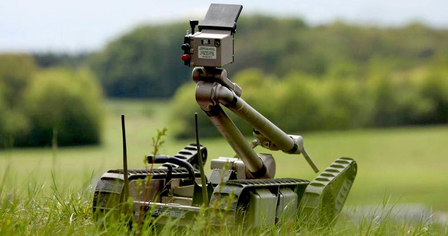
Of course, one would think that should some aspect of or component in the AI design fails, someone, or something external will need to do the repair work. One thing that AI designers and engineers work towards is machines that can fix, or heal themselves. No degree in medicine required.
Algorithms
Stated in part one, all of AI is found in the software, and software is the home of algorithms. An algorithm is a series of steps or instructions that a computer would use for solving a problem, usually mathematical.
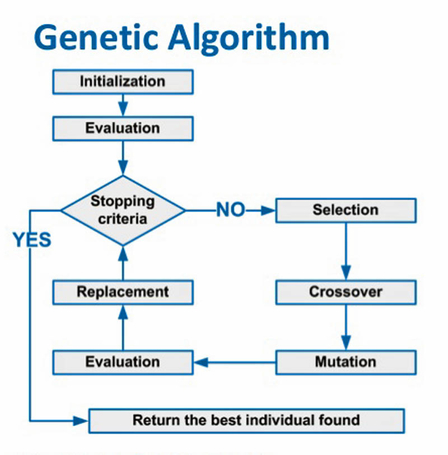
In AI applications, algorithms help the system not only solve problems, but to create new algorithms to cope with new problems. They are a major part of machine learning. Machine learning is another term associated with AI and is self explanatory: the machine learns on its own.
The Black Box
Most people may think the “black box” is what rescuers look for after a plane or train crash, which in those applications it is the black box recorder that records events prior to a catastrophic accident. In AI, the black box is a name given to an AI event whereby extremely complex mathematical operations are learned and executed. It is referred to as the “the black box of learning.”
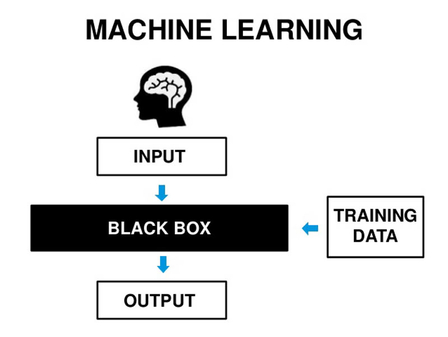
Neural Network
The nervous system in the human body consists of a series of nerves called neurons that connect one to another. Synapses are the fine spaces between neurons across which electrical signals are sent and received in a bidirectional topology.
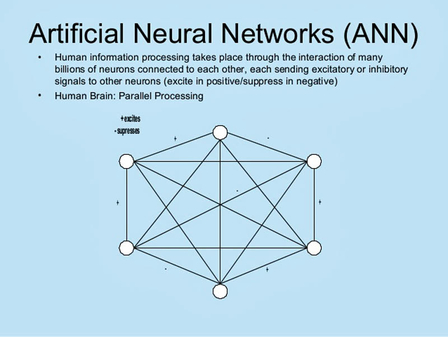
Mimicking this human model, AI systems create neural networks for processing specific tasks, communicating across the system, and for learning. An important function of a neural AI system is the sharing of information throughout the hardware system. Again, this is primarily the function of software. Checkout AI Object Recognition Accelerates Neuromorphic Computing for an example.
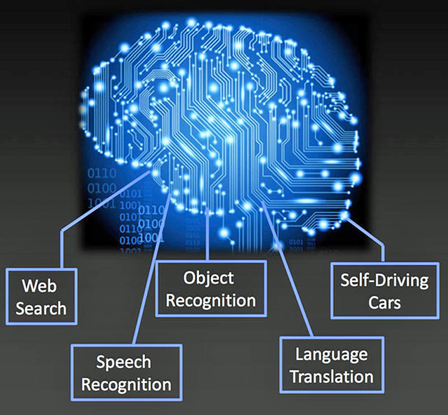
Types Of Learning
Learning is a critical aspect of an AI system if total autonomy is to be achieved. The machine not only needs to perform its dedicated tasks, but needs to recognize a wide range of variations and learn how to cope with them.
Deep learning is where the machine learns a basic task and understands that the basic knowledge of a single task can be applied to different and more complex tasks. A simple example would be learning how to use a flat-head screwdriver to assemble chassis and realizing the tool can be used for other assembly/disassembly tasks using flat-head screws. Also how to use the flat-head driver to open paint cans.
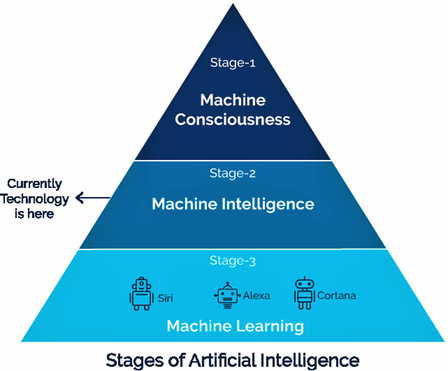
Natural language processing is simply the machine learning how to recognize and act upon human speech. Again, software provides speech recognition capabilities.
Other types of learning include reinforcement whereby the machine is given an abstract command like ‘increase productivity’ without any instructions on how to do it. Naturally, we hope the machine comes up with viable solutions.
The Future
It will definitely be an interesting time once these smart and eager-to-learn systems get up and running. Some believe competence will once again be the norm in just about every area. Since these AI systems will learn the relationship between tasks and concepts, humans will no longer have a need for IQ tests. Be that as it may.
One area of interest that could conjure curious results is in the field of marketing and sales. Marketing machines that truly understand the markets they serve and make sales based on logical design. Mr. Spock would proud. ~MD